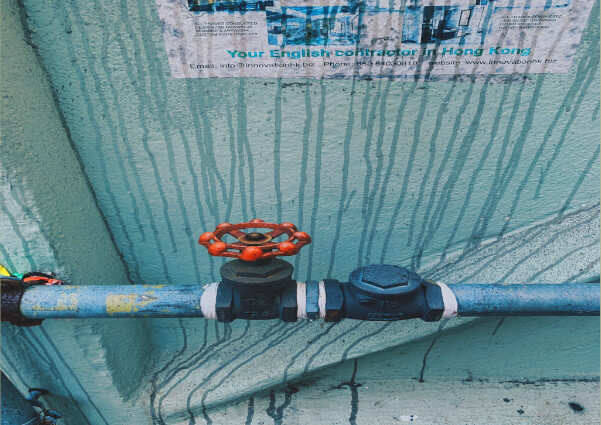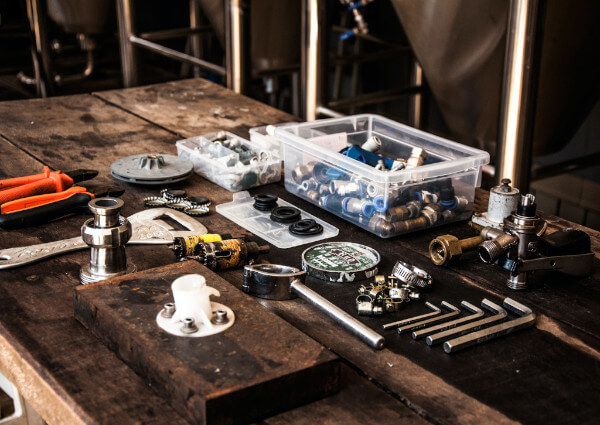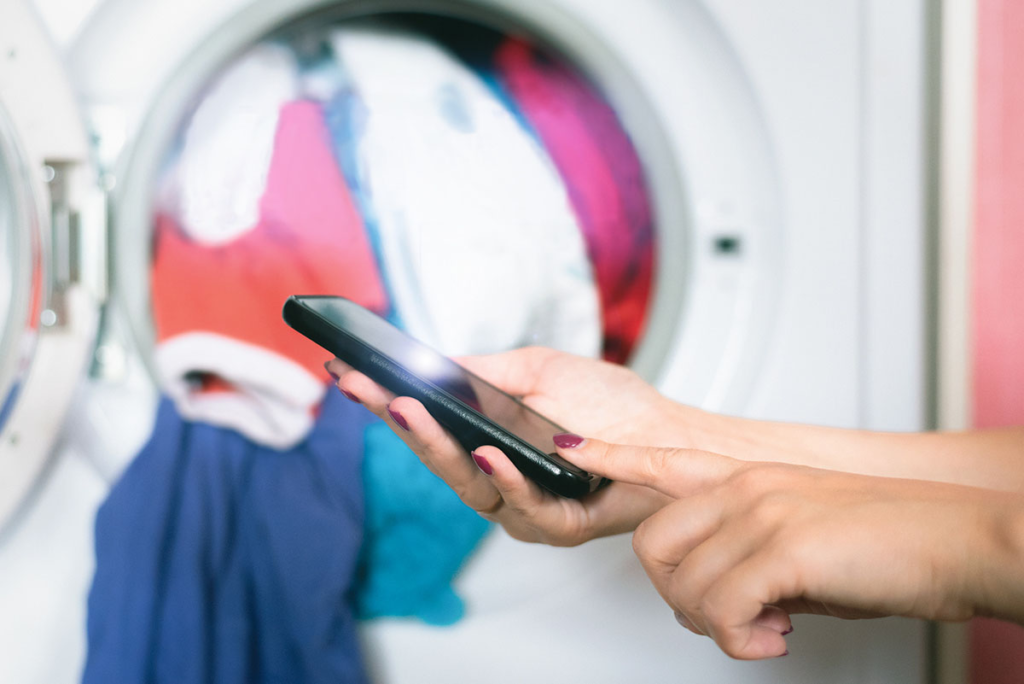 If you’re on the market for a new water heater system, then the main thing you need to decide is if you’re going to go for a tank or tankless model. Most people in our area go for a tank water heater system. This is more than likely what you’ve got at home right now. When it’s time to upgrade, most homeowners only consider getting an updated version of their current system. We want you to know that this isn’t your only option.
If you’re on the market for a new water heater system, then the main thing you need to decide is if you’re going to go for a tank or tankless model. Most people in our area go for a tank water heater system. This is more than likely what you’ve got at home right now. When it’s time to upgrade, most homeowners only consider getting an updated version of their current system. We want you to know that this isn’t your only option.
You can come to us when you’re looking for great water heater service in Glendale, AZ. You can trust our professionals because we’re knowledgeable and eager to share this knowledge with you. We want to make sure that you’re receiving the best possible service whether you go tank or tankless.
The Benefits of Tank Water Heaters
Here are a few reasons why you might want to consider a tank water heater system.
Water on Standby
Standard water heaters are known as “standby” water heaters because they heat your home’s water and leave it waiting for you. While this can be inefficient in some cases, it can be an asset in many others.
Cheaper Installation
If you’re concerned with the cost of your water heater installation, then a standard water heater is what you should go with.
Familiarity
There’s nothing wrong with going with what you know. If choosing a standby water heater is what’s going to help you feel comfortable with your home performance, then it might be a good idea for you to choose this system. We can help you find an updated model of your current system that can help you in your home.
The Benefits of Tankless Water Heaters
Here are a few reasons why you might want to consider a tankless water heater model.
Longer Lifespan
Tankless water heaters last longer than tank systems. These units typically last you about 20 to 30 years. They’re an investment that’s worth the time and effort.
Unlimited Hot Water
Tankless water heaters start producing hot water when you turn on one of your taps. This means that you’re never going to lose out on hot water by having it waiting around for you in a tank. It’s right there when you need it and you can never run out of it.
Cost Savings
Tankless water heaters are great because they save you money over time. You can save money over the life of a tankless water heater because it’s such an efficient system.
Go for Professional Service Either Way
It really doesn’t matter whether you use a tank or tankless system for your home, you need to go with professional service either way. Professional service is going to ensure that either system you choose can actually work for you. Your water heater is nothing without the right installation services. This is why it’s so important to schedule an appointment with our team members when you need quality service. We’re always here to provide you with the work you need most.
Contact The Trusted Plumber to schedule an appointment for your plumbing services.
Did you miss our previous article…
https://www.davieplumbingandsupplyfl.com/?p=235





 You’ve just purchased a new high-pressure rainfall showerhead. Now, the only thing that stands between you and relaxation is the old, calcified showerhead you want to replace — and it won’t budge! Don’t worry. Our expert team at Len The Plumber has put together this guide so that you can remove and replace your stuck showerhead like a pro. You’ll be relaxing in no time.
You’ve just purchased a new high-pressure rainfall showerhead. Now, the only thing that stands between you and relaxation is the old, calcified showerhead you want to replace — and it won’t budge! Don’t worry. Our expert team at Len The Plumber has put together this guide so that you can remove and replace your stuck showerhead like a pro. You’ll be relaxing in no time.
 Garbage disposals are the power horse of the average kitchen. They suck away food waste, slurp up flat soda, and in general help make homes a little less wasteful and a little more eco-friendly.
Garbage disposals are the power horse of the average kitchen. They suck away food waste, slurp up flat soda, and in general help make homes a little less wasteful and a little more eco-friendly.
 When temperatures outside dip, there’s nothing better than a hot shower to take off the winter chill. However, there are important reasons why you should lower the temperature on your home’s
When temperatures outside dip, there’s nothing better than a hot shower to take off the winter chill. However, there are important reasons why you should lower the temperature on your home’s 
 If we had to guess, we would say that it’s unlikely you think about your plumbing drains too often. That’s okay! Most folks don’t think about them at all—that is, until they have a stubborn clog or a smelly sink.
If we had to guess, we would say that it’s unlikely you think about your plumbing drains too often. That’s okay! Most folks don’t think about them at all—that is, until they have a stubborn clog or a smelly sink.






